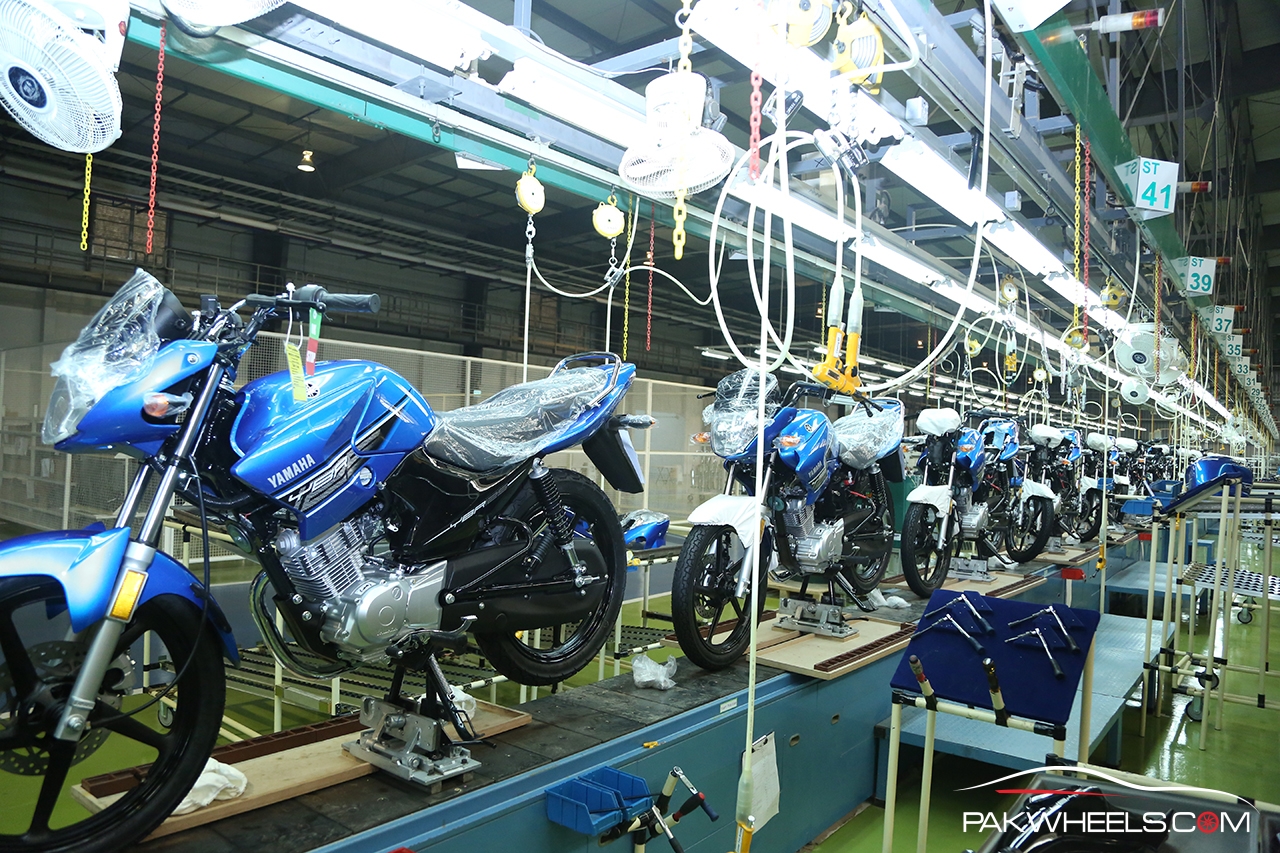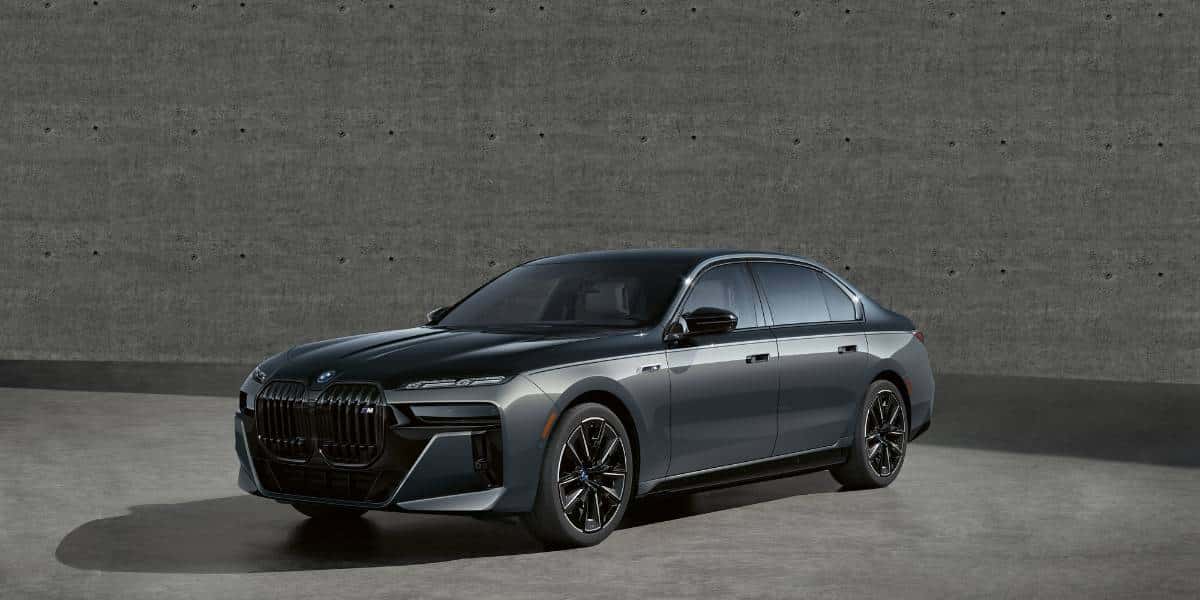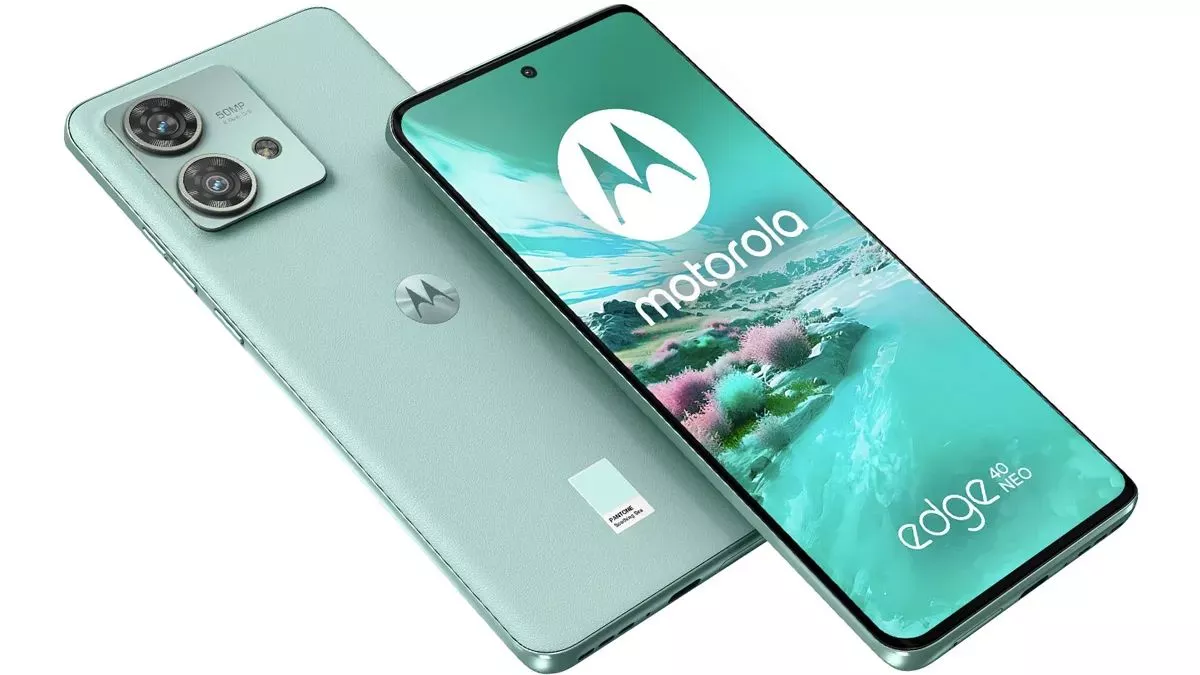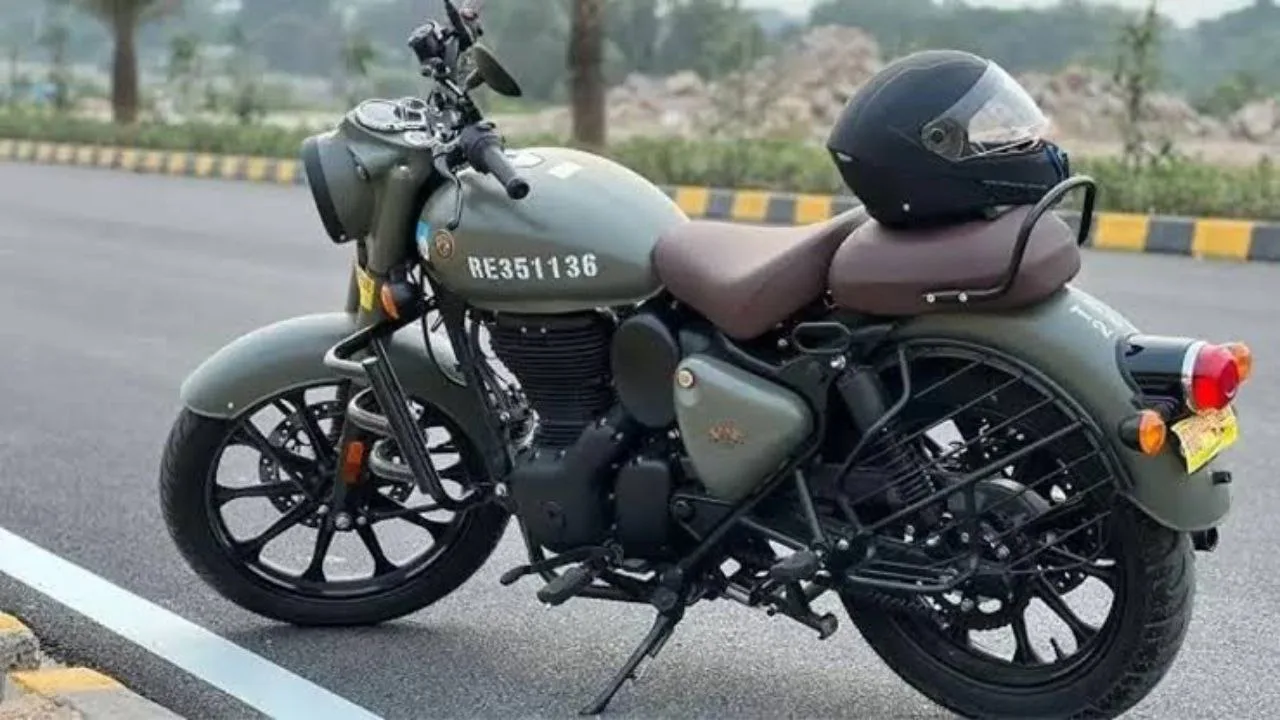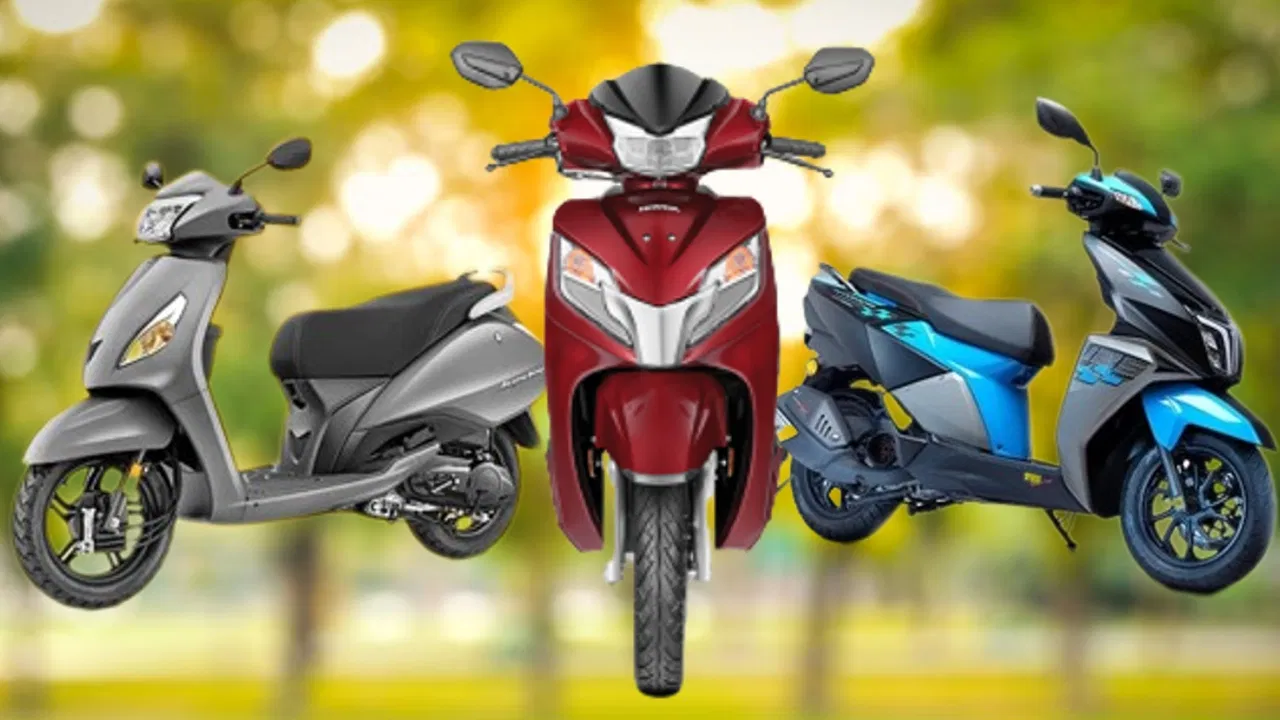
Honda Activa: The Revolution in Indian Scooter Market
The Honda Activa is a name that resonates with millions of two-wheeler enthusiasts in India. Known for its unmatched reliability, smooth performance, and user-friendly design, the Honda Activa has become a household name and a dominant player in the Indian scooter market. Since its introduction in 2001, it has become one of the best-selling scooters … Read more



